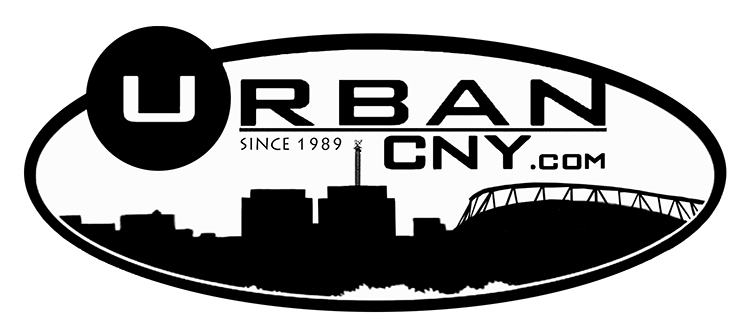Every time I get behind a school bus and smell diesel fumes I get flashbacks to the days of being bused. When they closed Washington-Irving Elementary School my neighborhood was not much different from any other side of town except there were lots of black people living there. As a kid how would I know this would signal the end of what was a cohesive vibrant black presence in the city of Syracuse?
Until busing and urban renewal, an area called “Jew town” is where most African-Americans resided upon arriving in Syracuse. As the Jewish population moved east housing became available in the area once hosting over a half dozen Synagogues, these were the few places where African-Americans could find decent private sector housing. In the early 1950’s the relatively small black population began an unprecedented rise in numbers in the city of Syracuse.
We became the destination for thousands of people from southern towns like Auburn, Alabama in a mass migration in search of jobs. Fueled by higher paying factory jobs towns were almost emptied of young people fleeing the south for better opportunities “up north.”
Along with bus fumes, I remember the simplicity of life in Syracuse at the time, a trip downtown; Kmart, W.T. Grants, McCrory’s, the Loews theater, RKO Keith’s, Edwards, Dey Brother’s, Witherill’s, Well’s & Coverly, Goldbergs, the list goes on and on. Downtown was so busy at rush hour it was common to see traffic cops directing traffic at its busiest intersections.
The residential area surrounding Central High School, Washington-Irving Elementary, and Madison Jr. High was within walking distance. It was a real live neighborhood; there was Schor’s Market on E. Fayette, Liberty Market on E. Genesee, Essie’s, and the Regent Theater, the original Phoebe’s where you could play a number, or meet a “girl” for the evening (come on you’ve heard the folklore).
The black community until Urban Renewal (AKA Negro removal) was located primarily on East Fayette, Pine, Renwick Ave., Harrison (along with Harrison Bakery), South Crouse, East Washington Street, Townsend Street and McBride.
Until the removal process I can vividly remember walking to school under the shelter of huge Dutch Elm trees. These trees were so tall that in the summer Harrison Street had a canopy covering several blocks from University Avenue to Thornden Park.
There were barbershops, record stores, bars, restaurant’s, corner stores many owned and operated by African-Americans, and who could forget the famous Ebony Market. The Black Community wasn’t prosperous but there was a “real” community with neighborhoods and people who knew and cared about you, if not they’d at least talked about you to the folks back home. “Oh, child you shoulda seen what Bessie’s boy did.”
Yes, everybody knew everybody. My relatives tell stories about sharing refrigerators or baby sitting duties with people who all knew each other because of a town they came from in the south. The reality of urban life in the 1950’s required people to share resources like bathrooms, refrigeration and telephones.
In Syracuse this area at the time was easily identified by knowing your presidents and trees. You had the tree streets Almond, Walnut, Maple, Pine, Cherry and the presidents Adams, Harrison, Madison and Washington.
Once the area was deemed “blighted,” the bulldozers began and so did my daily dose of diesel fumes. Busing was supposed to solve our educational and societal ills by sending “poor” inner-city children to outlying schools thinking that exposure would do something about improving educational opportunities for minorities.
For me busing did have an impact, whenever I smell diesel fumes I remember the old Syracuse where there were neighborhoods and local schools and shopkeepers who knew you or your parents. The old Elks Club, Char-wall’s steak sandwiches, hand held church fans, and walking to school, these all went away, but the memories still linger in a momentary whiff of diesel fumes.








